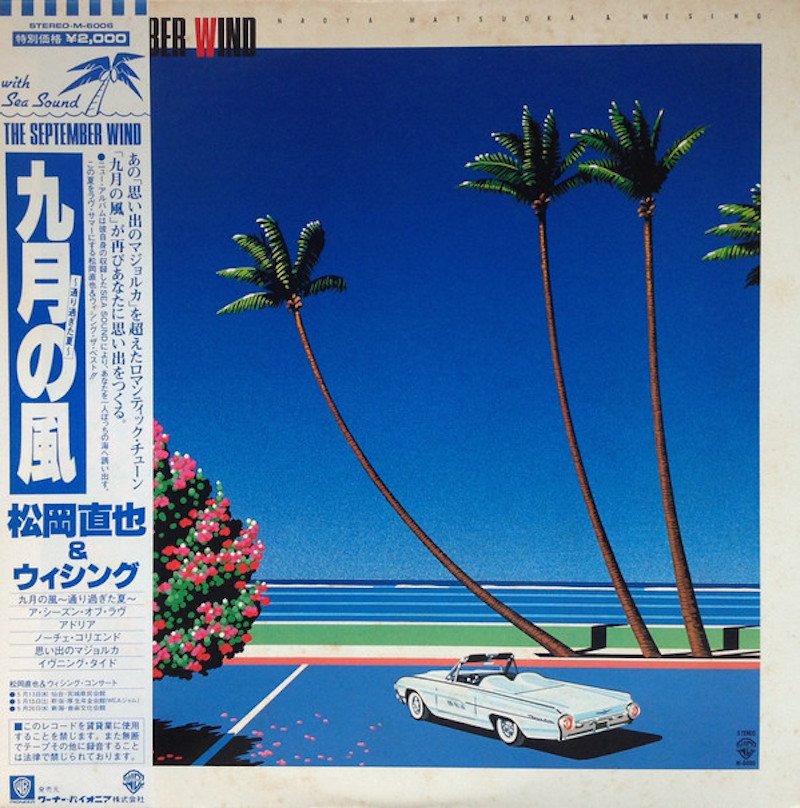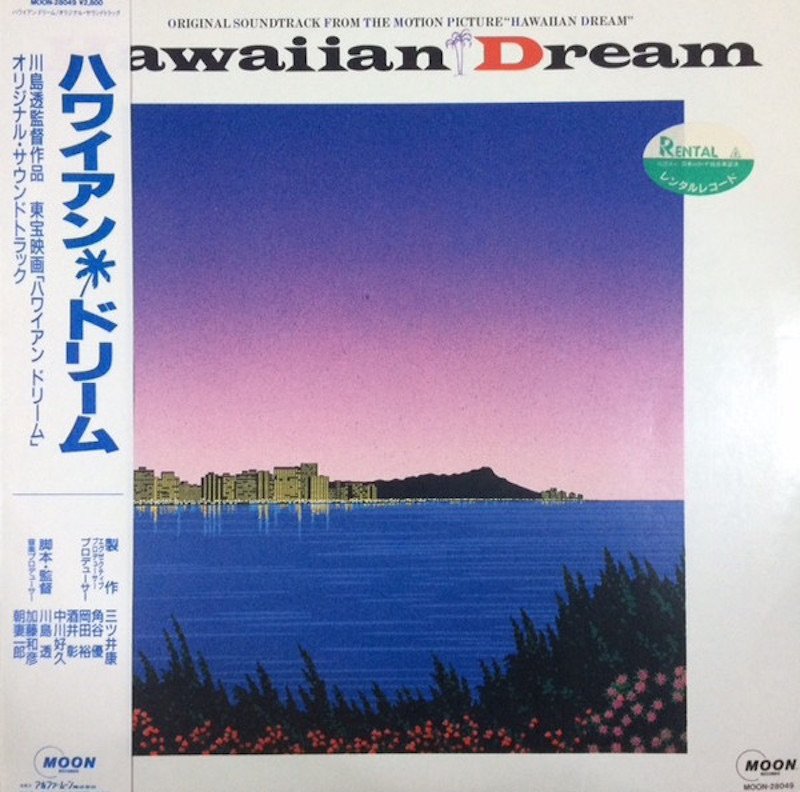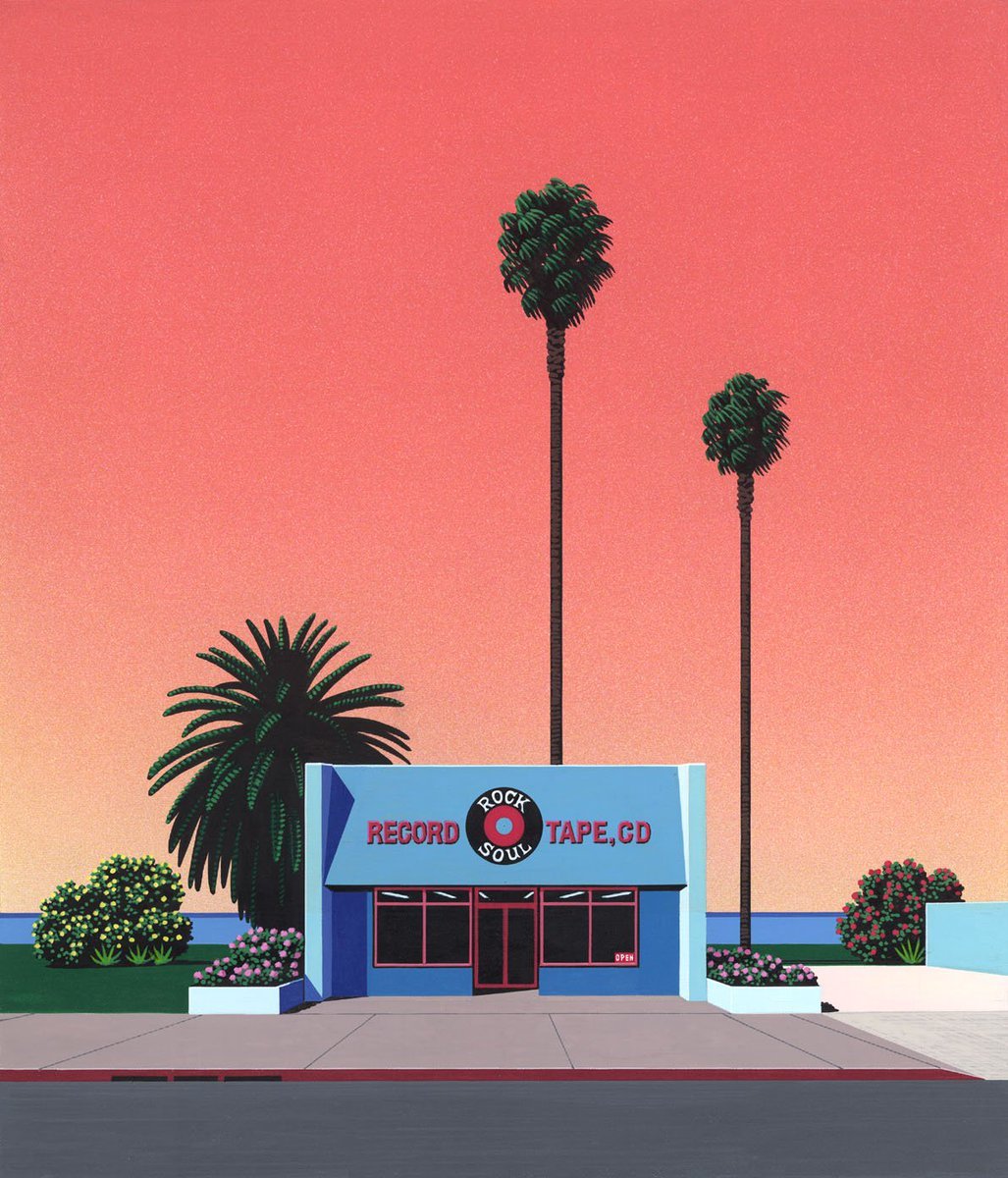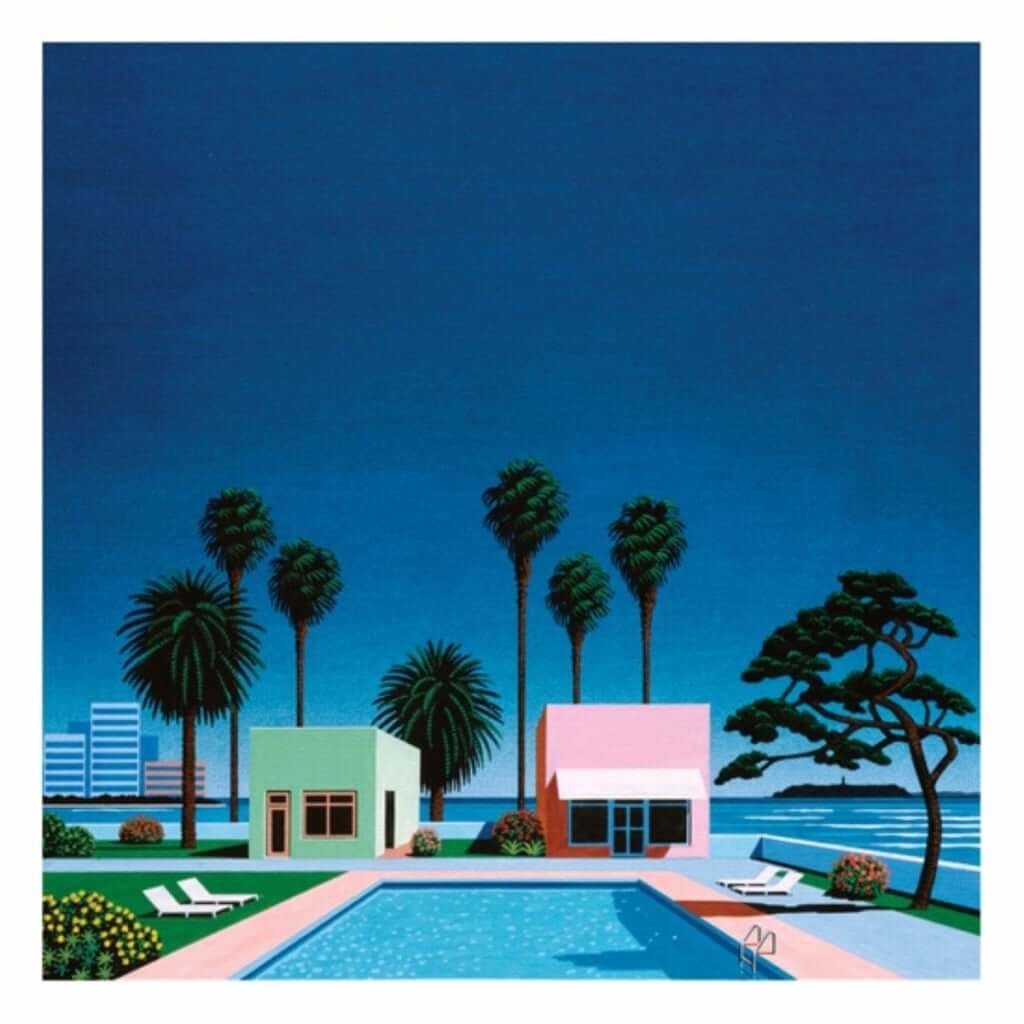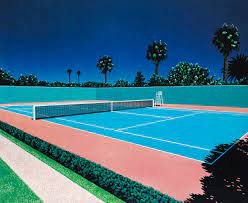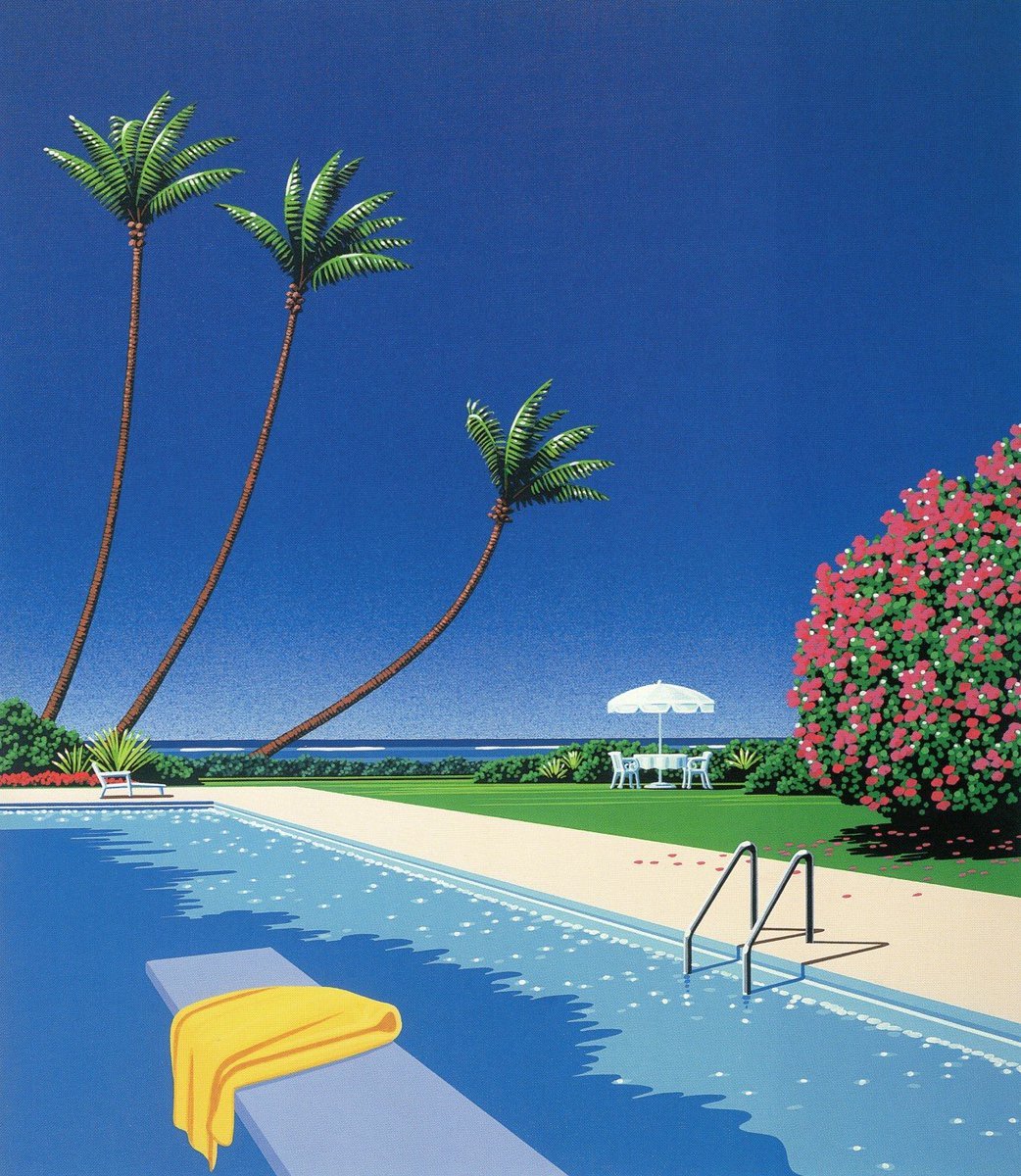HIROSHI NAGAI: Japan’s Sun-drenched Americana
Hiroshi Nagai, born in the Tokushima countryside in 1947, is known for his prolific output of pop style paintings that came to serve as a backdrop to the City Pop movement of the late 70s and 80s in Japan.
Growing up, Nagai watched his father create oil paintings and developed a passion for art himself. He moved to Tokyo in his youth hoping to enter an art school but was unable to gain admission anywhere. Needing money, he initially began work as a set decorator for a Tokyo artist. Eventually, as he made more of a name for himself, he was able to move into creating illustrations.
Inspired heavily by the concepts behind American pop art and the styles of British pop artists such as David Hockney, Nagai focused on imaginations of a 1950s Americana landscape. Adapting the deep blue skies, relaxed ocean side settings and sleepy nighttime cityscapes from previous pop artists, Nagai developed his own style throughout the late 1970s. His work finally began to gain traction in Japan around the turn of the 1980’s and this coincided fortuitously with the rise of City Pop.
City Pop, vaguely defined within Japan as music with an ‘urban feel’, borrowed heavily from the Soft Pop & Sunshine Pop genres that had come out of Southern California in the 1960s. These styles, similar to elevator music in many instances, were iconic of the post war economic boom in the USA and thus translated naturally to the thriving economy of 1980’s Japan.
Nagai’s Californian cityscapes and leisurely pool scenes therefore meshed naturally with the sound of the movement. He became a regular in designing City Pop album covers throughout the 1980s and his artistic style was arguably one of the largest contributors to the overall aesthetic.
Still producing works today, Nagai’s prints have more recently been coopted by the likes of the vaporwave movement - modern scenes that base themselves on a nostalgic aesthetic and draw heavily from Japan’s bygone bubble era. It’s interesting to consider the cyclical nature of style in that that these modern scenes borrow so heavily from Nagai who was in himself adapting a bygone 1950’s aesthetic.



